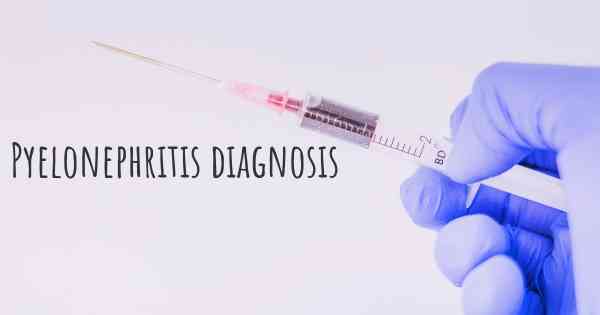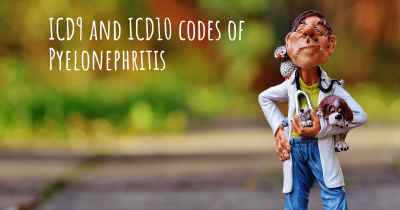How is Pyelonephritis diagnosed?
See how Pyelonephritis is diagnosed. Which specialists are essential to meet, what tests are needed and other useful information for the diagnosis of Pyelonephritis

Pyelonephritis is a type of urinary tract infection (UTI) that affects the kidneys. It is important to diagnose pyelonephritis promptly to prevent complications and initiate appropriate treatment. The diagnosis of pyelonephritis involves a combination of clinical evaluation, laboratory tests, and imaging studies.
Clinical Evaluation: The first step in diagnosing pyelonephritis is a thorough clinical evaluation. The healthcare provider will review the patient's medical history, ask about symptoms, and perform a physical examination. Common symptoms of pyelonephritis include fever, flank pain (pain in the back or side), frequent urination, urgency, and cloudy or bloody urine.
Laboratory Tests: Laboratory tests play a crucial role in the diagnosis of pyelonephritis. The healthcare provider may order the following tests:
- Urinalysis: A urine sample is analyzed to check for the presence of bacteria, white blood cells, red blood cells, and other abnormalities. The presence of bacteria and white blood cells in the urine suggests an infection.
- Urine Culture: A urine sample is cultured in a laboratory to identify the specific bacteria causing the infection. This helps determine the most effective antibiotic for treatment.
- Blood Tests: Blood tests, such as a complete blood count (CBC) and a blood culture, may be performed to assess the severity of the infection and identify any complications.
Imaging Studies: Imaging studies are often used to confirm the diagnosis of pyelonephritis and evaluate the extent of kidney involvement. The most commonly used imaging techniques include:
- Ultrasound: An ultrasound scan uses sound waves to create images of the kidneys. It can help identify any structural abnormalities or signs of inflammation.
- Computed Tomography (CT) Scan: A CT scan provides detailed cross-sectional images of the kidneys. It can detect kidney stones, abscesses, or other complications associated with pyelonephritis.
Once the diagnosis of pyelonephritis is confirmed, appropriate treatment can be initiated. This typically involves a course of antibiotics to eliminate the infection. In severe cases or when complications arise, hospitalization may be necessary for intravenous antibiotics and supportive care.








